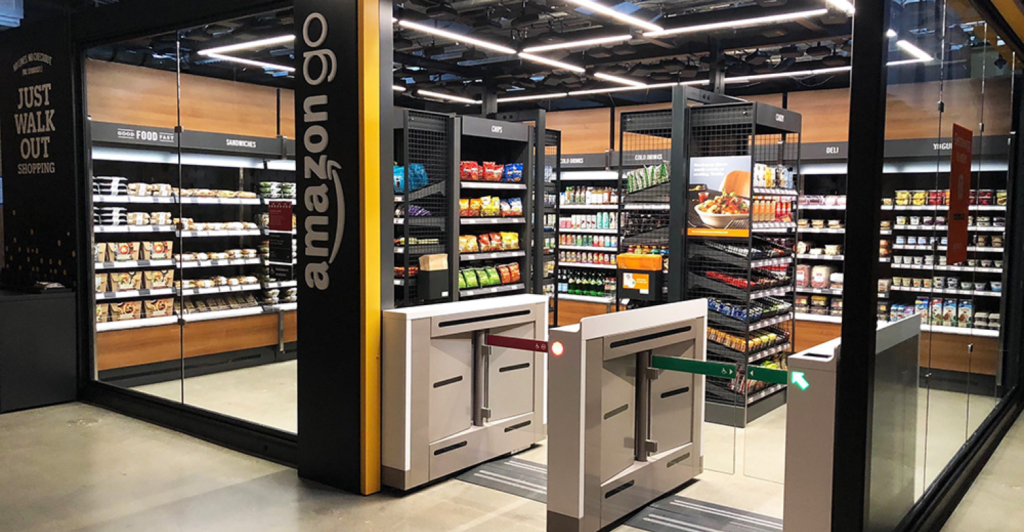For Restaurants, Theme Parks and High-Street Retail businesses, customer experience plays a central role in attracting and retaining new customers. Despite this, many business owners are torn between investing in customer reassurances and operational features that can reduce costs and increase productivity. Given the recent pressure on businesses to modernise their operations, it’s understandable that some would feel unsure about investing in new digitised processes, especially where they can “get away” with their existing systems; however, digitisation, operations and customer service are much more aligned than a first glance might suggest.
ZD Net states, “While the last year placed businesses in survival mode, leading to short-term digital transformation projects that had to be implemented at pace, 2021 will be all about bigger initiatives with longer time frames.”
Instead of looking at “Customer Experience” and “Return On Investment” as opposing terms, this blog will explore innovative technology solutions that improve customer experience and business returns within the Hospitality, Retail and Entertainment Park sectors. These solutions will target customer experience while also transforming your business profitability.
1) Hospitality – Tableside Ordering For Restaurants
2) Retail – In-Store Inventory Management
3) Entertainment Parks – Wristband Access & Payment Options
4) How Can I Replicate This Success?
Hospitality – Tableside Ordering For Restaurants
By enabling workforces with smart tablets, businesses can reduce wait times for diners and – in the case of stadiums and high-volume cocktail bars – allow workers to serve more people within a given period. Tablets and mobile devices can also eliminate the need for servers to run between stand-alone POSs and their table and be more attentive to guests. There is further scope for personalisation and more effortless compliance with legislation such as Natasha’s Law, which insists that all foods must be clearly labelled with a complete list of ingredients.
This is particularly helpful for restaurants that regularly update menus, as they can update a central system and refresh menus presented on devices.n
The adoption of smart devices can enable businesses to automate ordering and payment services and combine them into one easy-to-use mobile device. Moreover, reducing your reliance on staff to conduct laborious routine tasks can significantly reduce errors, and servers can be more attentive to guests.
Retail – In-Store Inventory Management

High-street fashion brands have traditionally hand-counted store items by scanning individual barcodes (or tallying up paper tags). Nowadays, companies can integrate intelligent tagging technologies to improve online and offline stock visibility.
By adopting RFID technology, scanners can read multiple unique product reference codes at once, without a line of sight, and instantaneously provide the system with an accurate view of total inventory, unlocking capabilities like ship-from-store, click-and-collect and in-store tracking.
Vogue Business said that:
“With omnichannel services the new status quo for the fashion industry, RFID’s ability to improve stock accuracy is crucial, says Goodson. “You can’t offer omnichannel without stock accuracy and real-time visibility. ‘Stock accuracy’ sounds unglamorous, but it doesn’t do it justice for how it can transform retail.”
RFID inventory management enabling more excellent omnichannel services for businesses in Retail is a perfect example of how operational innovation can directly benefit customer experience – making it easier to order and obtain products conveniently – while also improving business profitability.
Entertainment Parks – Wristband Access & Payment Options
Disney’s Orlando Theme Park is an excellent example of how RFID wristbands can improve customer experiences while informing business operations.
By integrating ‘Magic Bands’ with RFID technology, visitors can easily pass through ticket barriers, skip ride queues and purchase store merchandise. Disney can use fixed and mobile readers to generate ongoing insights about attendees’ movements.
Eddie Sotto, a veteran Disney ‘imagineer’ and champion behind this technology, stated that:
“Collecting Magic Band data is similar to [the research Walt Disney would conduct back when theme parks first opened], but happens on an industrial scale, and the fruits it bears are hugely valuable for planning and running a park. It means that Disney knows which parts of the park are busiest and how long visitors wait in queues.”
This type of technology is now simple to integrate across most modern Theme Park settings. It can help business leaders identify locational hotspots, popular products and even granular details relating purchases to sequences of events and activities – to help optimise customer journeys for future engagement.
How Can I Replicate This Success?
MiTEQ is working with business leaders within retail and hospitality businesses, matching business needs and customer demands with technologies to improve efficiencies, expenditures, and customer experiences.
If you wish to explore solutions for your business, visit our Contact Us page. Once we know more about your existing operation, we can help advise on the best way to approach digital transformation.




